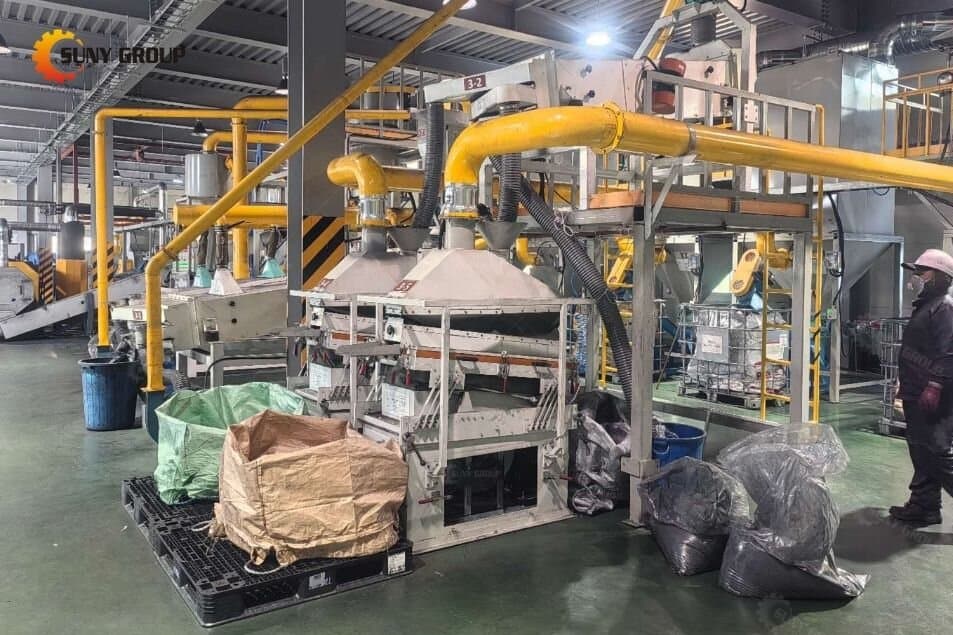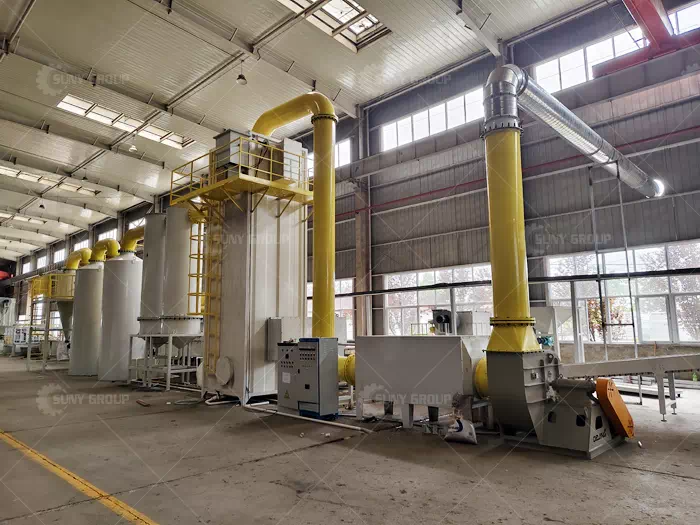


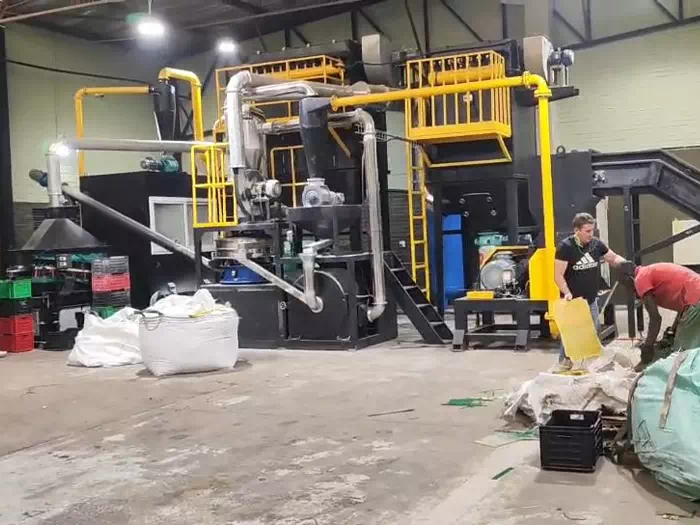

With the popularization of renewable energy, the use of solar panels continues to climb. However, if these solar modules are not properly disposed of at the end of their service life, they may pose a waste of resources and environmental risks. Therefore, the scientific and efficient recycling of solar panels has become a key concern for the industry. The whole recycling process includes: preliminary dismantling, crushing, sorting, and material extraction. Among them, crushing and shredding are the indispensable core steps in the recycling system, which determine the efficiency and purity of the subsequent resource recovery.

Shredder Crusher Solar Panel Recycling Machine
In practice, solar panels are first shredded, i.e., they are initially crushed using a Shredder. The key to this stage is to reduce the larger solar panels to a size that can be easily processed. Shredders are stabilized by low speeds and high torque, which not only effectively handle hard structures but also reduce dust and energy consumption. Common types of shredders include single-shaft shredders and dual-shaft shredders, each of which has its advantages in terms of feeding method and processing capacity. Key technical parameters such as blade material, motor power, feed size, and capacity are directly related to the stability and capacity of the equipment.
After shredding, the next step is to use the mill to further refine the material processing. Grinding mills usually use the high-speed impact principle, such as hammer crushers, to break up the encapsulated material through high-speed rotation and release the metal resources contained therein, such as silver, aluminum, silicon, and so on. The core objective of this process is to achieve sufficient dissociation of the material to facilitate subsequent sorting and extraction. Efficient pulverizing equipment requires good particle size control, high-quality wear-resistant components, and low energy consumption for long-term operation.
Overall, Shredder and Crusher play an irreplaceable role in the solar panel recycling system. The former completes the volume reduction and pretreatment, while the latter realizes the deep deconstruction and release of the material, both of which work in synergy to provide ideal preconditions for subsequent sorting and extraction. With the development of recycling technology and the continuous optimization of equipment, this kind of high-efficiency crushing and pulverizing equipment is helping green energy to realize a real closed-loop cycle, providing solid support for the sustainable use of resources.
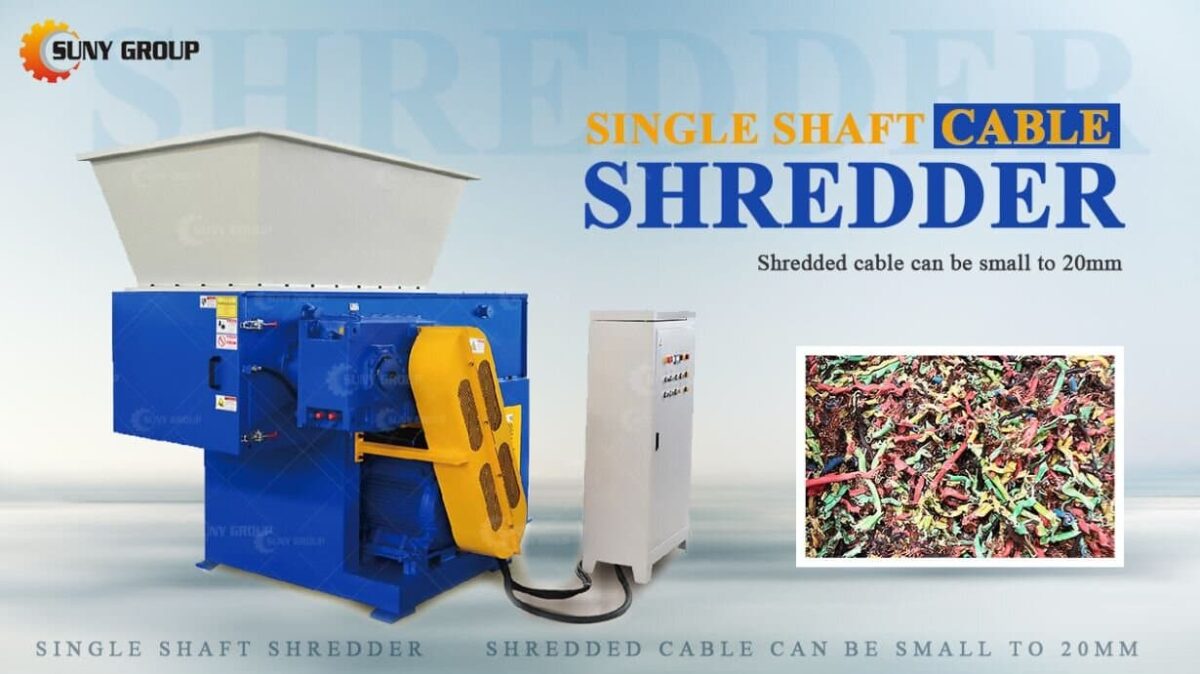
The single shaft shredder is a widely used industrial machine for shredding various hard plastics. It is designed for primary size reduction of waste materials, offering strong performance and stable operation — an ideal choice for medium and large-scale recyclers.
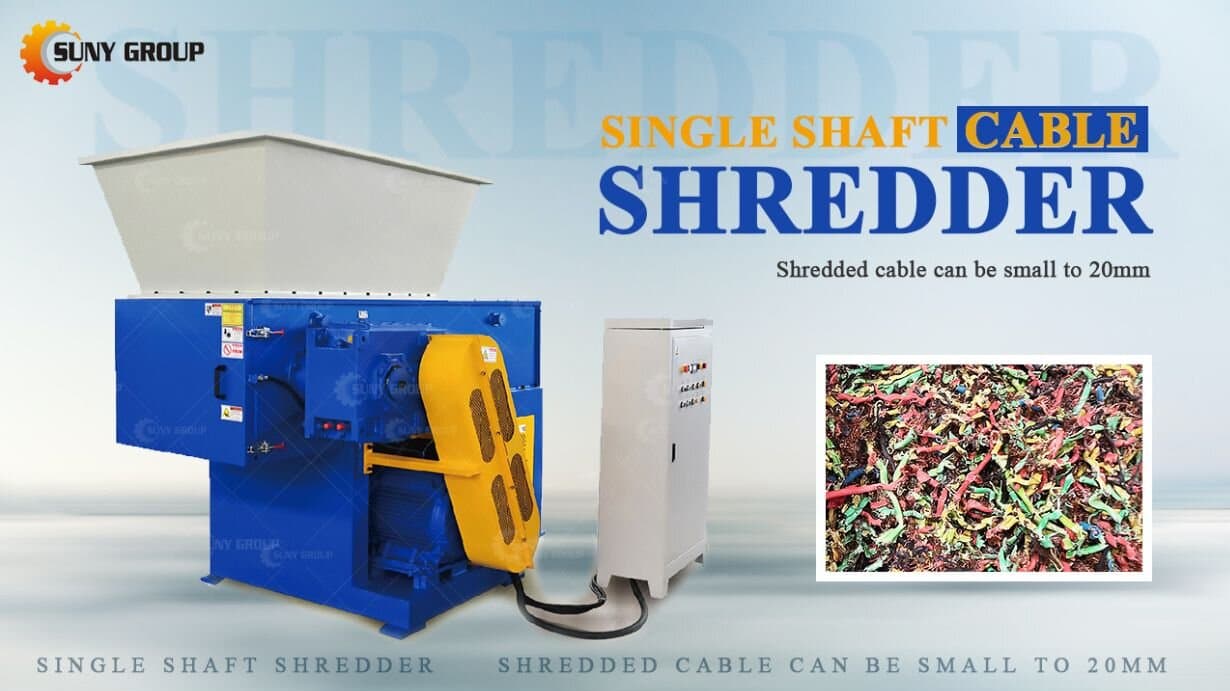
Industrial Single Shaft Shredder
The machine typically features a rotor equipped with rotating blades and stationary cutters, working together to efficiently shred materials. It is versatile and capable of handling a wide range of rigid plastics, such as plastic bottles, plastic lumps (like PP, PE, PET, PC, ABS, nylon), plastic pipes, and plastic molds.


Copper Wire Recycling Machine In Spain Workshop
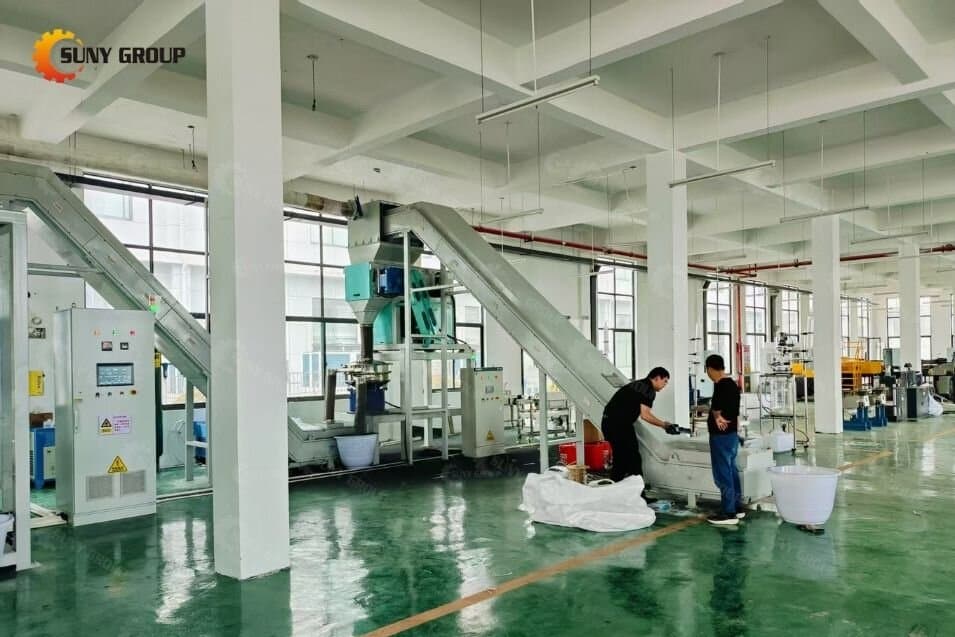
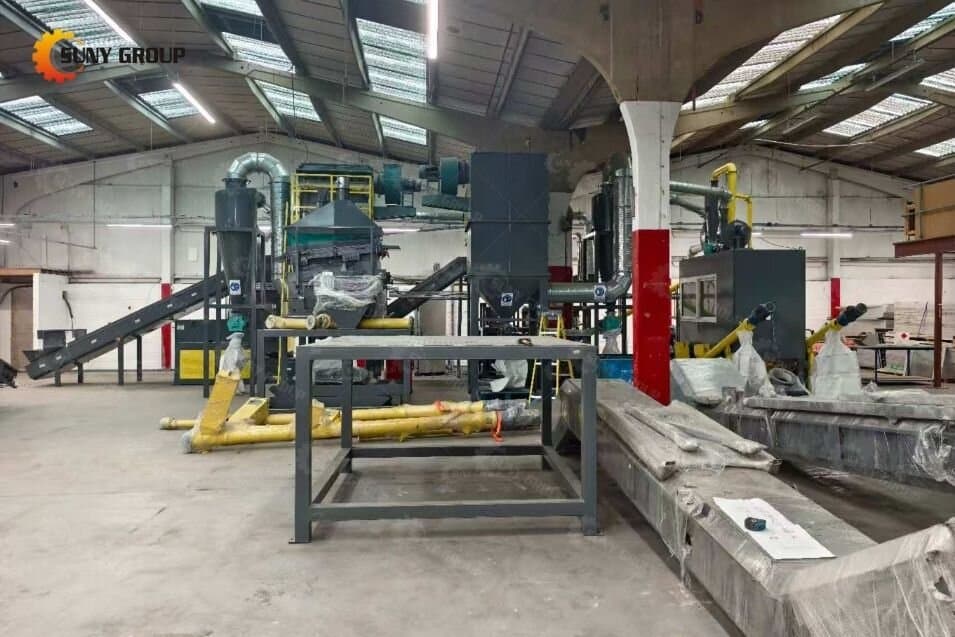

On this special day dedicated to honoring the hard work of every laborer, all of us at HONEST extend our sincerest greetings and best wishes to those striving in various industries!

During the holiday, if you have any inquiries, feel free to contact us via email or leave a message on our website. We will respond as promptly as possible.
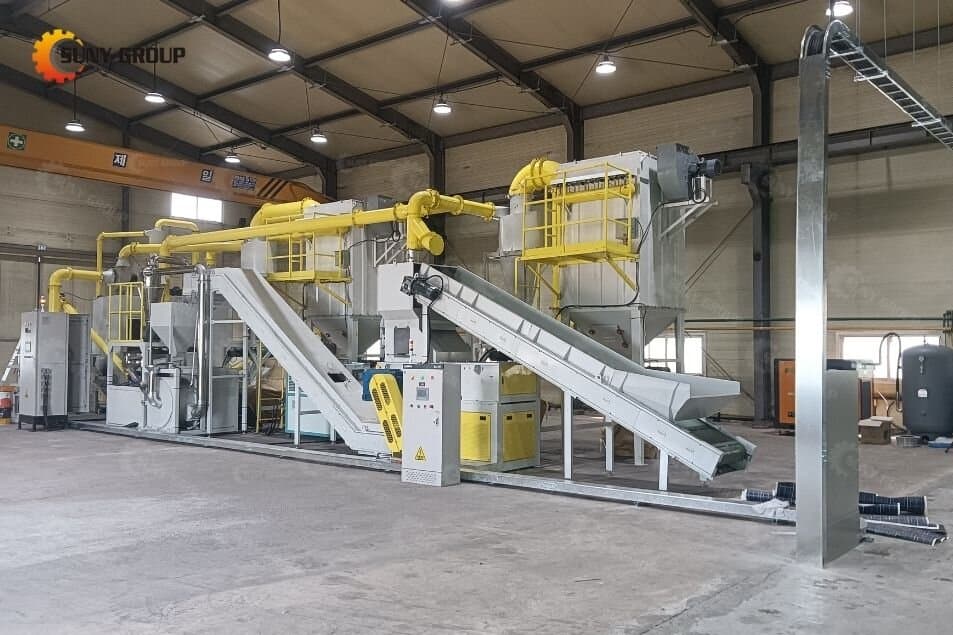
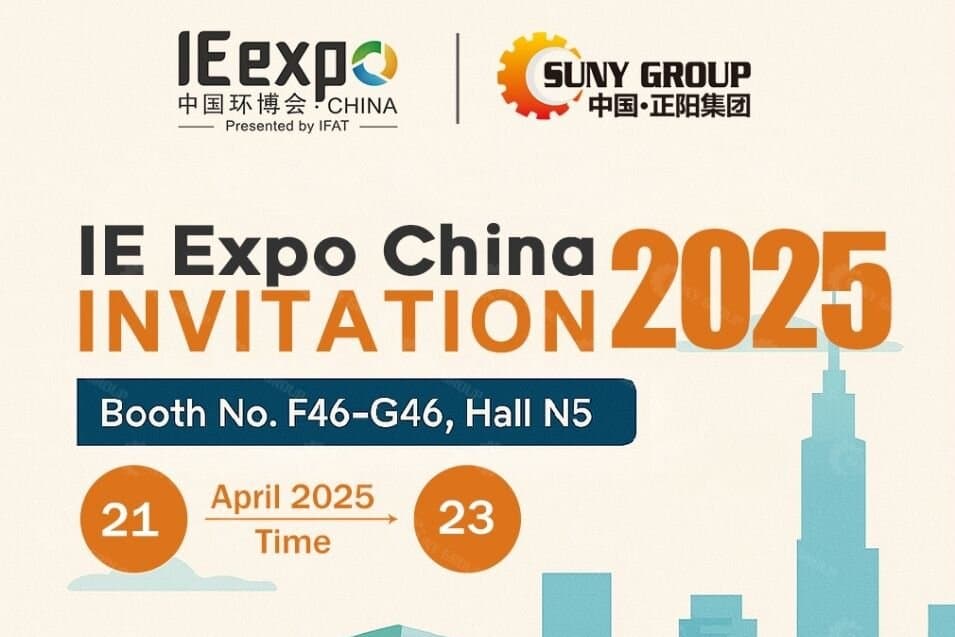
SUNY GROUP cordially invites you to visit us at IE expo China 2025, taking place from April 21 to April 23, 2025, at the Shanghai New International Expo Centre. You can find us at Booth F46–G46 in Hall N5.
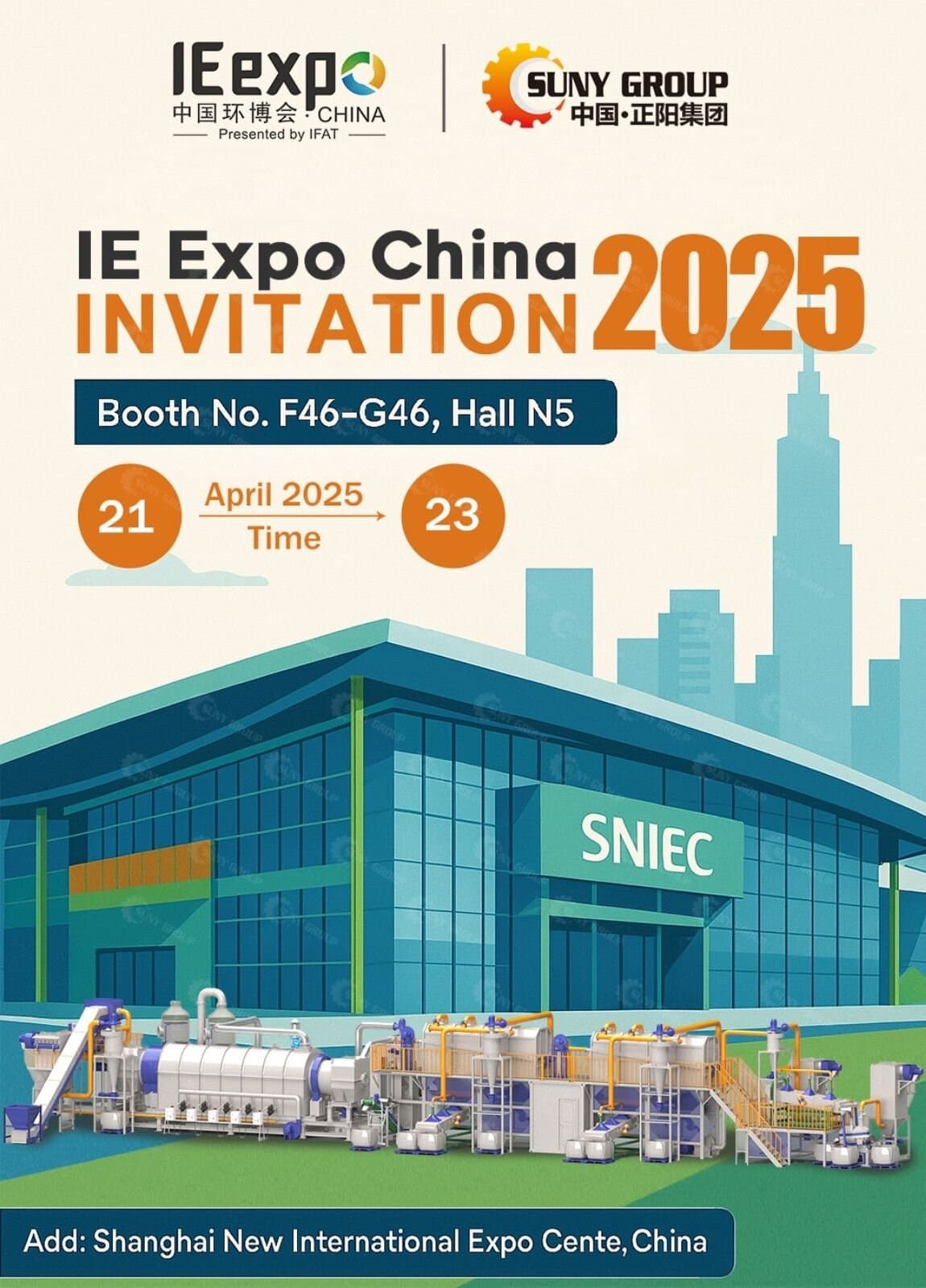
During the exhibition, we will be showcasing a wide range of advanced recycling equipment, including solar panel recycling machines, lithium battery recycling systems, e-waste recycling machines, copper cable granulators, shredders, and cutting machines. These innovative solutions are designed to support efficient, sustainable resource recovery across multiple industries.
We look forward to meeting industry professionals, partners, and visitors from around the world to explore the future of recycling together.
